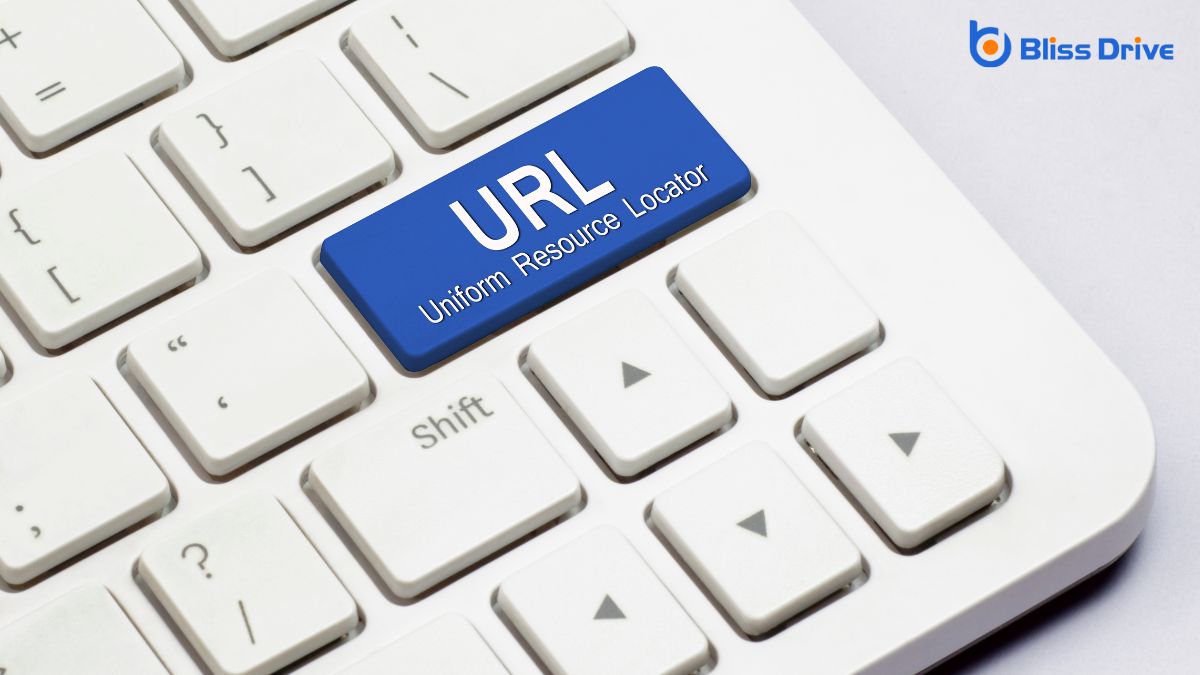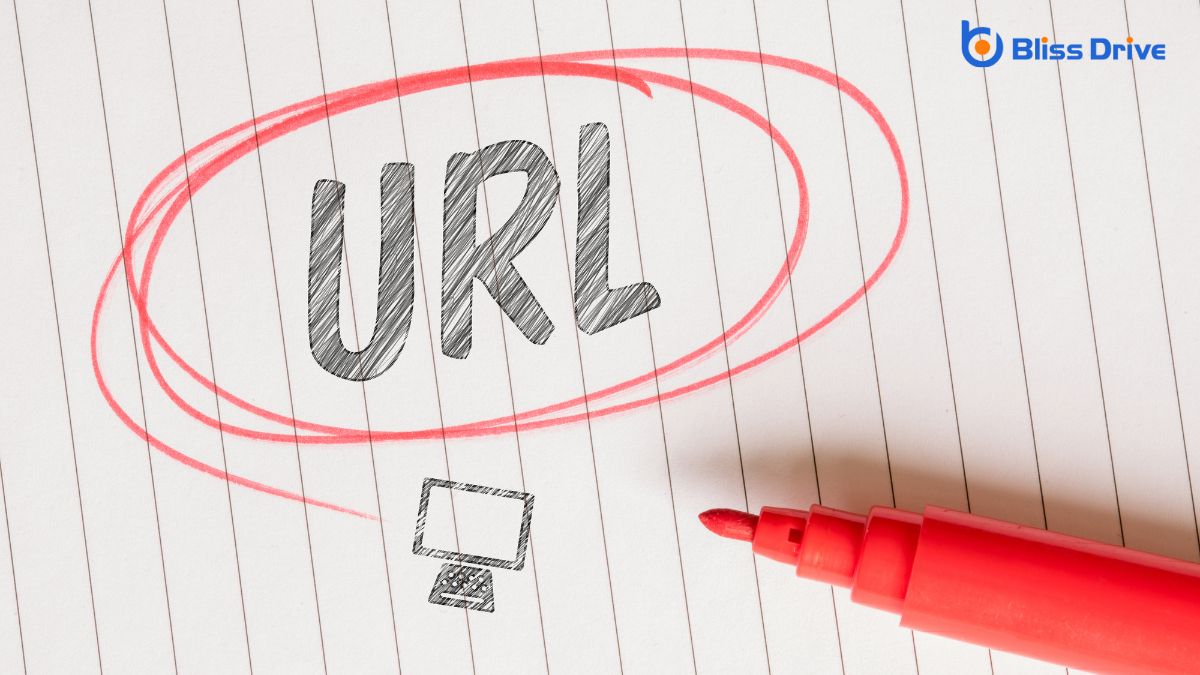Learn More About Us

User-friendly URLs greatly impact user experience and SEO by enhancing accessibility, trust, and navigation. They’re clean, concise, and informative, making content easier to find and remember. By incorporating relevant keywordsWords or phrases that users type into search engines to find information. naturally, you improve search visibility and click-through rates, guiding users effortlessly across your site. Short URLs are more likely to be shared and bookmarked, boosting engagementThe interactions that users have with a brand’s content on social media.. Follow best practices to reveal even more insights on crafting URLs that truly elevate your website’s performance.

User-friendly URLs are a fundamental aspect of a well-optimized website, serving as the gateway to your site's content. They’re clean, concise, and informative, making it easier for search engines and users to understand what your page is about.
You’ll want to keep URLs short, relevant, and free of unnecessary characters or parameters. By including keywords relevant to your content, you improve your site's search engine visibility.
These URLs help users anticipate the type of content they’ll find, which can increase click-through rates. Use hyphens to separate words for better readability. Avoid using special characters and numbers that don't add meaning.
A well-crafted URL greatly enhances user experience by guiding visitors effortlessly to the content they're seeking. When you see a URL that's clear and descriptive, you immediately understand what to expect from the page. This transparency builds trust and encourages you to click through without hesitation. It helps you navigate a website intuitively, minimizing confusion and reducing the time spent searching for information.
Moreover, a well-structured URL acts like a breadcrumb trail, giving you a sense of place within a website's hierarchy. Should you need to backtrack or explore related topics, intuitive URLs make it easy. They also help in bookmarking or sharing links with others, as they're more likely to remember straightforward, meaningful URLs.
Ultimately, user-friendly URLs contribute considerably to a seamless browsing experience.
When you're crafting URLs, including relevant keywords can boost your search engine rankings.
A well-structured URL not only helps search engines understand your content but also enhances readability for users, impacting your site's credibility.
Don't underestimate how a clear, concise URL can improve your position in search results and attract more clicks.
Incorporating relevant keywords into your URLs substantially boosts your site's SEO and enhances its discoverability. Search engines prioritize URLs that clearly convey the content's topic, and keywords play a vital role in this. When you include targeted keywords in your URLs, you're helping search engines understand your page's relevance to specific queries, increasing your chances of ranking higher.
Additionally, using keywords in URLs can attract more clicks from users who see them in search results. A URL with clear, descriptive keywords is more likely to be trusted and clicked on by users, as it provides a preview of the content they can expect.
Effective URL structure is a crucial element in optimizing your website for search engines. A well-structured URL not only helps search engines understand your content but also enhances user experience.
Here’s how you can structure URLs effectively:
Although often overlooked, the readability of a URL plays a significant role in how search engines rank your site. When you use clear, descriptive words in your URL, it helps search engines understand the content of your page. This, in turn, improves your website's SEO.
Imagine you're searching for information; you're more likely to click on a URL that gives you a clear idea of what's inside, right? Search engines feel the same way.
Short, concise URLs aren’t just user-friendly; they’re search engine-friendly too. Avoid complex strings of numbers or irrelevant characters. Instead, opt for meaningful keywords related to your content.
This practice increases the chances of your page appearing higher in search results, attracting more visitors, and enhancing your site’s credibility.
When crafting a user-friendly URL, focus on clear structure, readability, and simplicity.
You want users and search engines to easily understand the content of your page just by glancing at the URL.
A clear URL structure is essential for creating a user-friendly experience and improving SEO performance. It helps search engines and users understand your site's hierarchy and content. By organizing your URLs effectively, you make navigation intuitive and boost your chances of ranking higher in search results.
Here’s how a clear structure benefits you:
While crafting URLs, focus on readability and simplicity to guarantee they’re user-friendly and effective. A clear and concise URL helps users easily understand what the page is about before even clicking.
Avoid using complex jargon or unnecessary characters. Instead, choose words that are straightforward and relevant to your content. When your URL is simple and readable, people can effortlessly remember and share it, boosting engagement.
Also, search engines appreciate URLs that are easy to read. They help search engines quickly grasp your page content, improving your SEO. Use hyphens to separate words for better clarity, and keep it short to maintain focus.
Crafting effective URLs is essential for both user experience and search engine optimization. You want your URLs to be clear, concise, and relevant so users and search engines can easily understand them.
Here are three best practices to follow:
Ever wondered how URLs impact your click-through rates (CTR)?
The URL is often the first glimpse a user gets of your website. A clear, concise URL can boost your CTR by immediately conveying relevance and trust. When users see a URL that’s easy to read and understand, they’re more likely to click on it. It’s like a promise that the content will match their search intentThe purpose behind a user’s search query..
Avoid clutter with unnecessary parameters or long strings of numbers and letters. Instead, use keywords that align with what users are searching for. This not only attracts clicks but also helps search engines understand your content better.
Understanding how URLs affect click-through rates naturally leads us to contemplate their role in site exploration. A well-structured URL can act as a roadmap, guiding users through your site effortlessly.
Imagine maneuvering with ease and clarity:
Despite their seeming simplicity, URLs can be a source of significant errors that undermine user experience and search engine optimization. You might think you've got it covered, but overlooking common pitfalls can leadA potential customer referred by an affiliate who has shown interest in the product or service but h... to problems.
Avoid using overly complex URLs with random numbers or symbols—they're hard for users to remember and can confuse search engines. Don’t use uppercase letters as they can cause issues with case-sensitive servers. Keep URLs short and descriptive to improve readability and sharing.
Avoid keyword stuffingOverloading a page with keywords to manipulate search engine rankings.; it makes URLs look spammy and doesn’t help SEO. Finally, maintain consistency in your URL structure to maintain a professional appearance and boost trust. By steering clear of these mistakes, you’ll enhance both user experience and SEO performance.

One of the most effective ways to optimize URLs is by leveraging a combination of tools and techniques that streamline the process.
You can enhance your site's user experience and SEO by employing these strategies:
In crafting user-friendly URLs, you’re enhancing both user experience and SEO. By keeping URLs clear and descriptive, you make it easier for visitors to navigate your site and for search engines to index your content. Avoid common mistakes and use optimization tools to guarantee your URLs are effective. Remember, a well-constructed URL can boost click-through rates, guiding users seamlessly through your site. Embrace these practices, and you’ll see a positive impact on your website’s performance.
